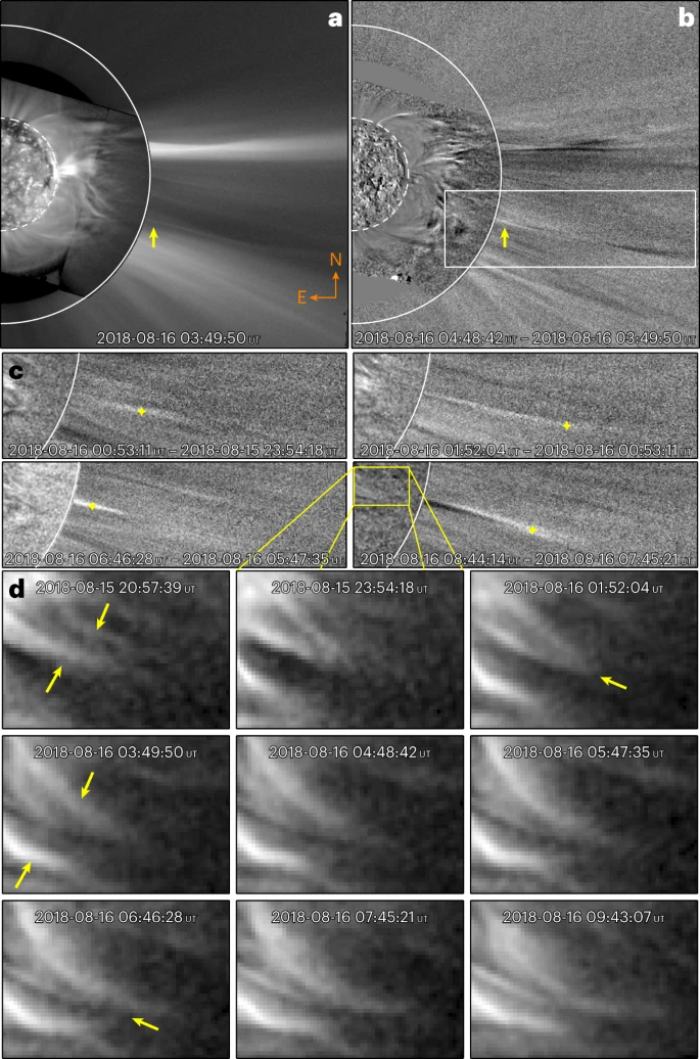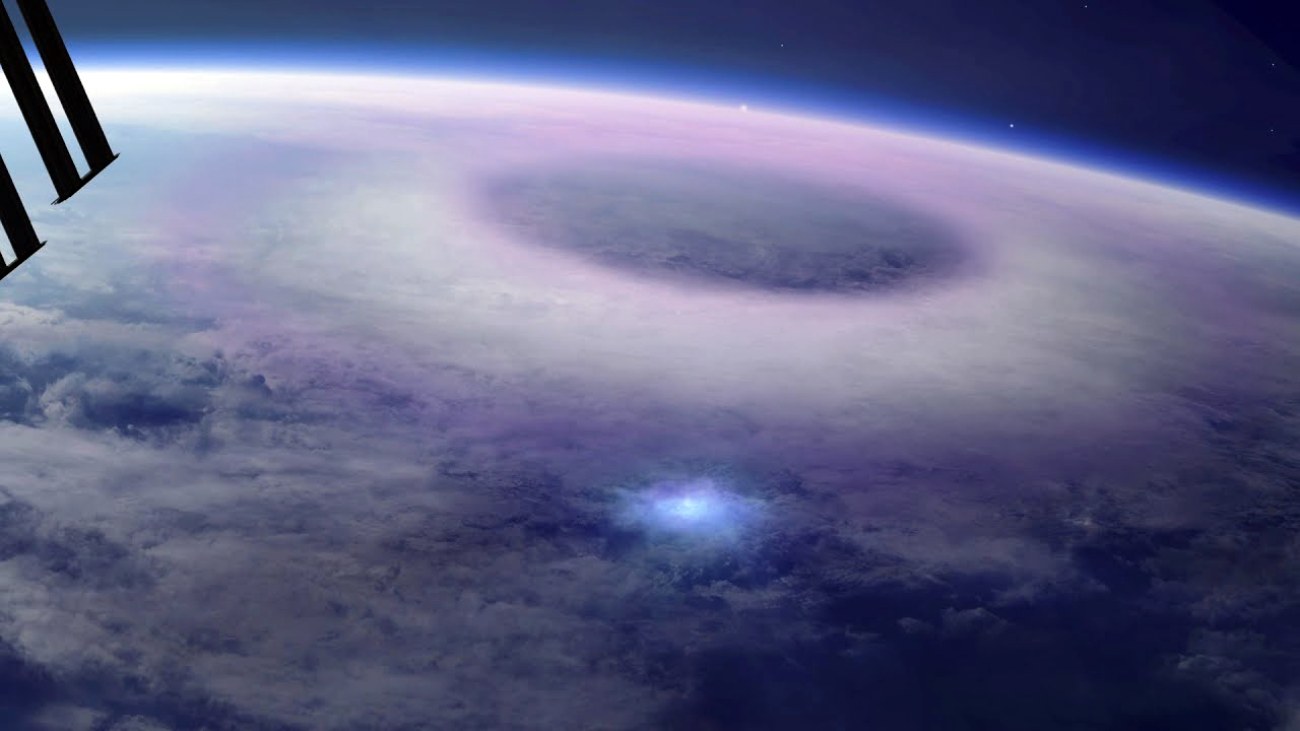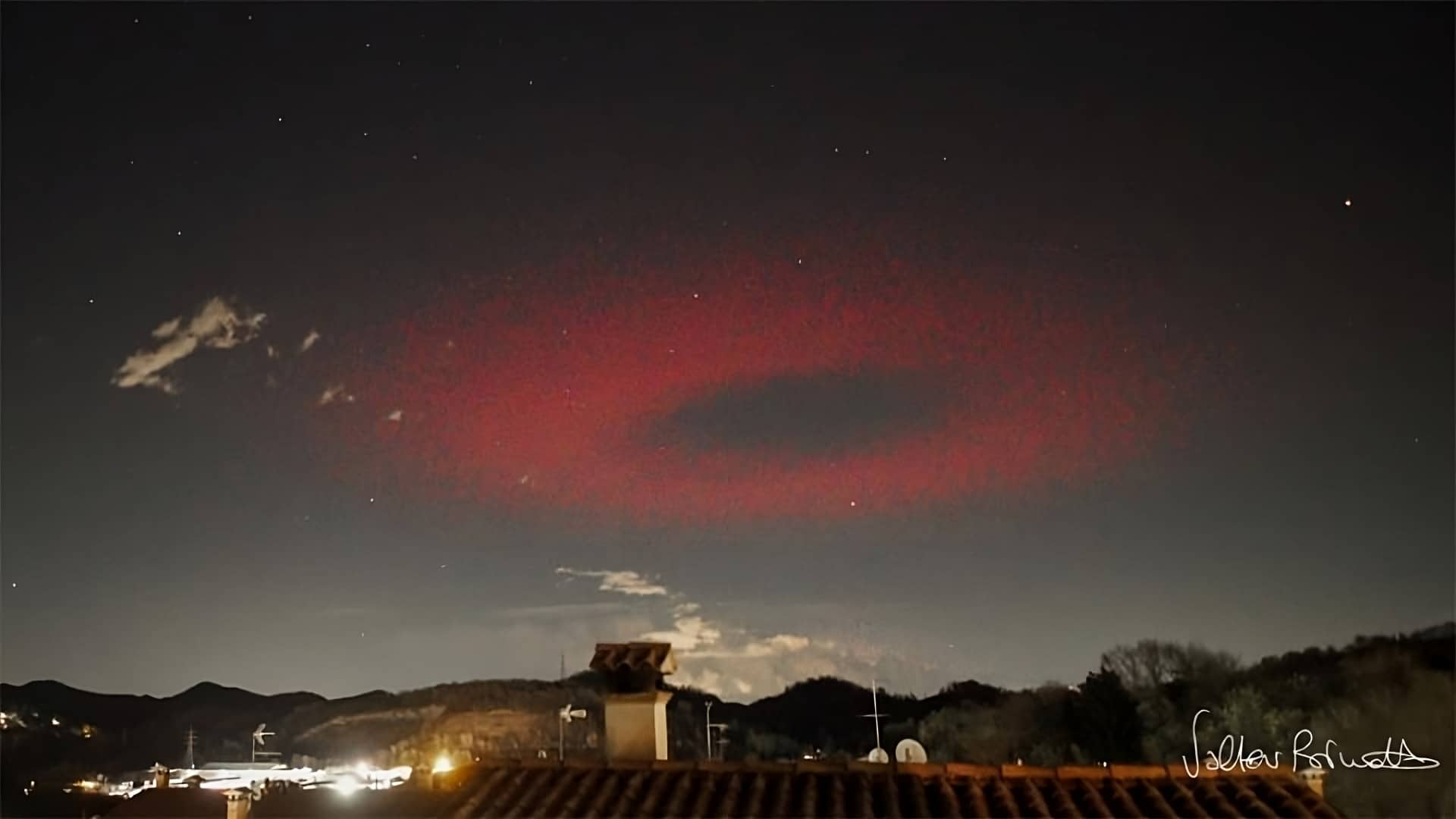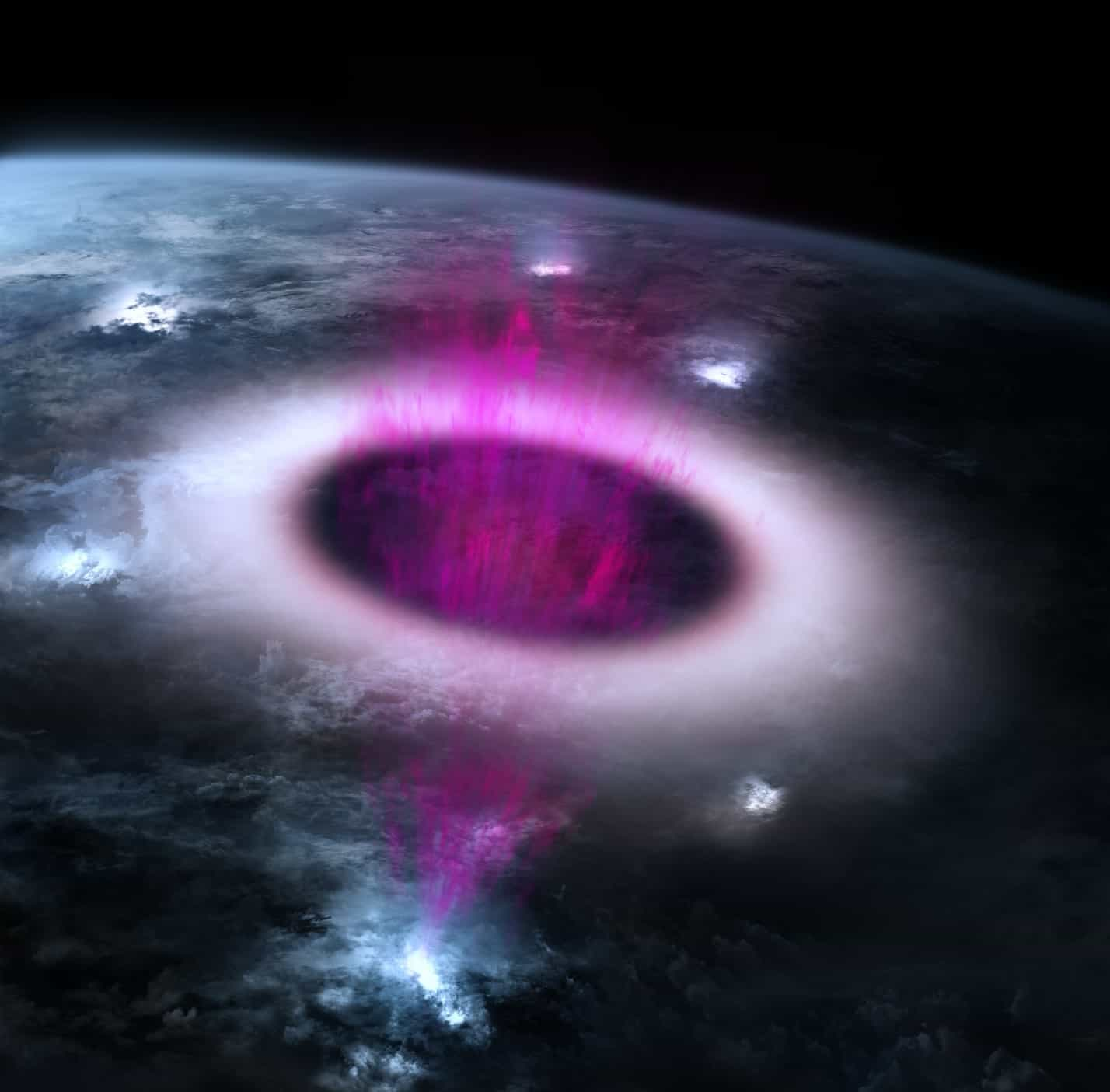The cooler air and lower humidity in winter contribute to the sky’s purportedly whiter appearance compared to other seasons. Clouds are made up of small ice crystals, which develop when the moisture in the air freezes. The sky seems white in winter because the ice crystals reflect light in all directions. In contrast, since the air is warmer and more humid in the summer, it is the water droplets rather than the ice crystals that produce the clouds. The sky seems bluer in summer since these water droplets scatter light in a manner distinct from that of ice crystals.
White Sky: The Essential Aspects
- When it’s very chilly outside, the sky might seem white instead of the typical summertime blue.
- There is a simple scientific explanation for the blue sky and the evening glow.
- One reason for this is because, despite its white appearance, sunlight really contains a wide spectrum of electromagnetic radiation. The colors of a rainbow are an illustration of how they may be seen by humans.
- Yet, there is still a chance of being deceived; not all strange phenomena in the sky can be explained physically. Some colors we see in the sky could be the consequence of our own imaginations, just like a low full Moon is not actually bigger than the usual Moon.
Using a prism, you can see that white light is really made up of many different colors (wavelengths). A white beam of light passing through a piece of triangular glass will emerge from the other side in a variety of hues. After seeing how amazing the effect was, Pink Floyd decided to use it as the central theme for their classic album, “The Dark Side of the Moon.”
It’s not the season, but rather the amount of moisture in the air that determines whether or not the sky looks bluer or whiter.
Why Does the Sky Seem Whiter in the Winter?
There is no significant difference in the sky’s color in the summer and winter. The winter sky is just as blue as the summer one (including the white skies in summer). However, some days, even in apparently clear weather, the sky might look “whiter” than others due to certain circumstances. This effect is mostly determined by the humidity, or how foggy the air is.
High fog is more common in the fall and winter than in the summer because of the increased humidity. The sky appears white because of light diffraction from the tiny water droplets. In the winter, when the sun takes longer to burn off dense fog, the color effect may last into the day.
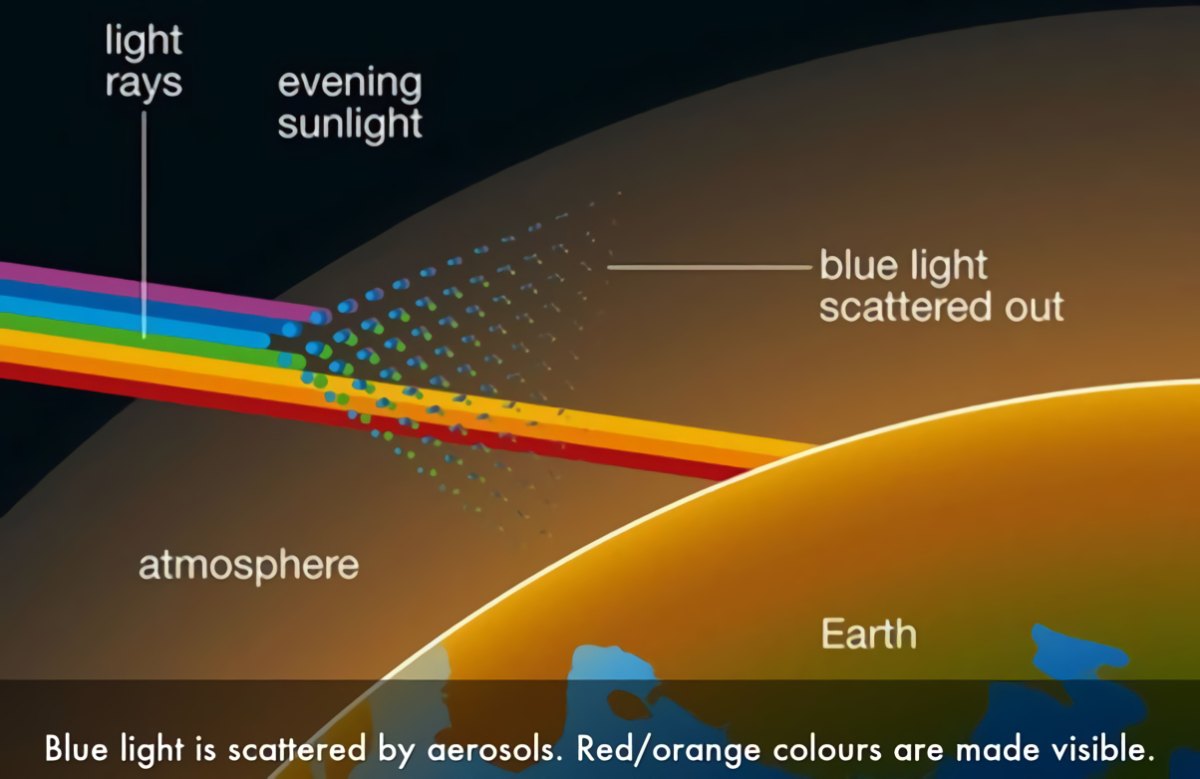
It’s the same with aerosols. Dust and soot are two common examples of such minute airborne particles. The sky seems whiter in the winter because of the increased concentration of aerosols caused by increased heating.
But, without clouds or fog, the winter sky can still look brighter and whiter: After entering Earth’s atmosphere, the blue portion of the sun’s rays disperses in all directions. In a normal world, this would make the sky above you seem brilliant blue. But the winter provides a longer route for the sunrays through the atmosphere since the sun is lower. The blue light is so diffused that it can hardly reach your eyes and the sky appears whiter.
The area close to the horizon especially turns brighter than the remaining parts of the sky, creating a similar white impression. The sun’s rays coming in from the horizon are dispersed so many times by the air molecules that the resulting spectrum is (nearly) white. Overall, the sky will be whiter because of the various wavelengths of light mixing together to form white. This impact, however, is not seasonal, occurring both in the winter and the summer.
In the winter, when there is a lot of snow, some of the sunlight will be reflected back into the sky. This also adds to the effect.
Why Is the Sky Blue?
Sunlight has a wide variety of colors. From red to blue, that’s where you’ll find the visible light spectrum. When all combined, it’s just white. When this spectrum of light reaches Earth’s atmosphere, the molecules of oxygen and nitrogen, as well as the water droplets and dust particles, deflect (or “diffract”) some of the light.
In this mechanism, blue light is dispersed in all directions to a considerably greater extent than red light. The atmosphere (the “sky”) appears blue because of this scattering effect, regardless of your point of view. The air itself acts as a “carrier” for the color, but in reality, it is just the reflected blue light that hits your eye.
The Impact of Altitude on Sky Color

At noon, the sun travels a relatively short distance through the air envelope before reaching the border with space, which is just 60 miles (100 km) away. The sun appears yellow on Earth because only a small fraction of the blue light it emits can get through the atmosphere. At higher altitudes, the filtering effect is lowered. Therefore, the sky seems slightly whiter to those flying at an altitude of 6 miles (10 km) than it does to those on the ground.
Rayleigh Radiation

This intriguing phenomenon, named after its discoverer, Baron Rayleigh, determines the degree to which the light is dispersed. An intense deflection occurs when a particle is smaller than the wavelength of the incident light. This implies that the atmosphere scatters sunlight’s shorter-wavelength blue rays around four times more powerfully than its longer-wavelength red rays.
Why Does the Sky Become Red During Sunset?
The problem with sunset is that light has to travel through the atmosphere for 40 times longer at night than it does during the day, especially when the sun is at its optimal position just above the equator.
As during the day, the blue light is still scattered during sunsets. But the blue light from sunlight is nearly entirely filtered away during sunset as it travels through the Earth’s atmosphere, so the sky is no longer illuminated by it.
In addition, ozone (O3) and water molecules in the upper atmosphere absorb part of the blue wavelengths.
Sunsets on the beach are nearly entirely composed of the long-wave red light that penetrates the atmosphere due to the position of the sun in the sky.
The sun’s rays are not only weaker in the evening, but they also no longer include any short-wave UV radiation, which is why sunburns are no longer common.
When additional particles, such as ash from a volcanic eruption, dust from a sandstorm, smoke from forest fires, and, sadly, fine dust from air pollution, are also floating in the air, the sky may become a spectacular crimson in turn.
The Sky in Space

No matter how high the Earth is in the sky, the sky on the Moon will always be completely dark. Even though the Moon looks to be encased in a blue sky here on Earth during the day, the space doesn’t light blue. There are no particles in a vacuum to reflect light of any color, hence, a vacuum cannot emit any colors. Transparency permeates all of space. It’s dark everywhere else in the universe except for the stars, which shine in a rainbow of colors based on their composition.
References
- David K. Lynch; William Charles Livingston (2001). Color and light in nature. Cambridge University Press. p. 31. ISBN 978-0-521-77504-5.
- Gibbs, Philip (May 1997). “Why is the sky Blue?” Usenet Physics FAQ.
- Craig F. Bohren & Eugene Edmund Clothiaux (2006). Fundamentals of Atmospheric Radiation: An Introduction with 400 Problems.


